Neuroscience has witnessed remarkable trials over the years that have transformed our understanding of the brain and its functions, leading to neuroscience breakthroughs. These landmark trials have played a vital role in advancing the field of neuroscience, from exploring the intricacies of the nervous system to studying the effects of various treatments on neurological disorders. In this article, we will take a closer look at the top 11 landmark trials that have paved the way for groundbreaking discoveries in neuroscience. Embark on a journey through these transformative neuroscience trials, which have reshaped our understanding of the brain. For medical professionals seeking to stay at the forefront of innovation, these landmark studies offer a captivating exploration into the evolution of neurological research. Illuminate your path with the brilliance of these pioneering insights, propelling neuroscience into a future of limitless possibilities.
1. DAWN Trial (Thrombectomy 6 to 24 Hours after Stroke) 1
NEJM, 2018
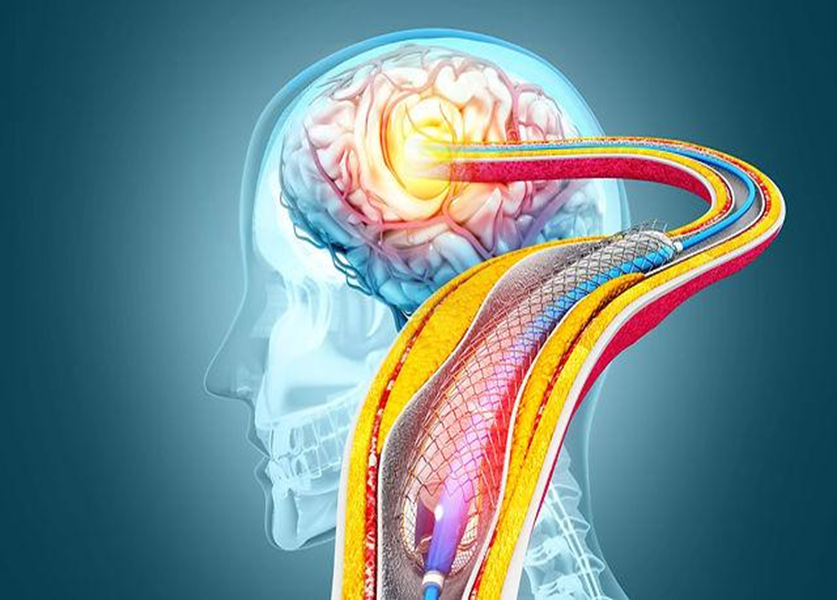
The DAWN study evaluated the effectiveness of endovascular thrombectomy and standard medical care compared to standard medical care alone for treating acute stroke patients with a mismatch between their clinical deficit and infarct volume within 6 to 24 hours from the onset of symptoms.
The study enrolled patients who had occlusion of the intracranial internal carotid artery or proximal, middle cerebral artery and who had been last known to be well within 6 to 24 hours before the onset of symptoms and had a mismatch between the severity of their clinical deficit and the infarct volume.
The study randomly assigned the patients to two groups: thrombectomy plus standard care (thrombectomy group) and standard care alone (control group). The study’s primary endpoints were to assess the mean score for disability and the rate of functional independence.
The results of the DAWN study indicated that patients with acute stroke who had a mismatch between their clinical deficit and infarct and who had been last known to be well within 6 to 24 hours had better outcomes in terms of disability at 90 days when treated with thrombectomy plus standard care alone.
2. Clopidogrel in High-Risk Patients with Acute Nondisabling Cerebrovascular Events (CHANCE Trial) 2
NEJM, 2013
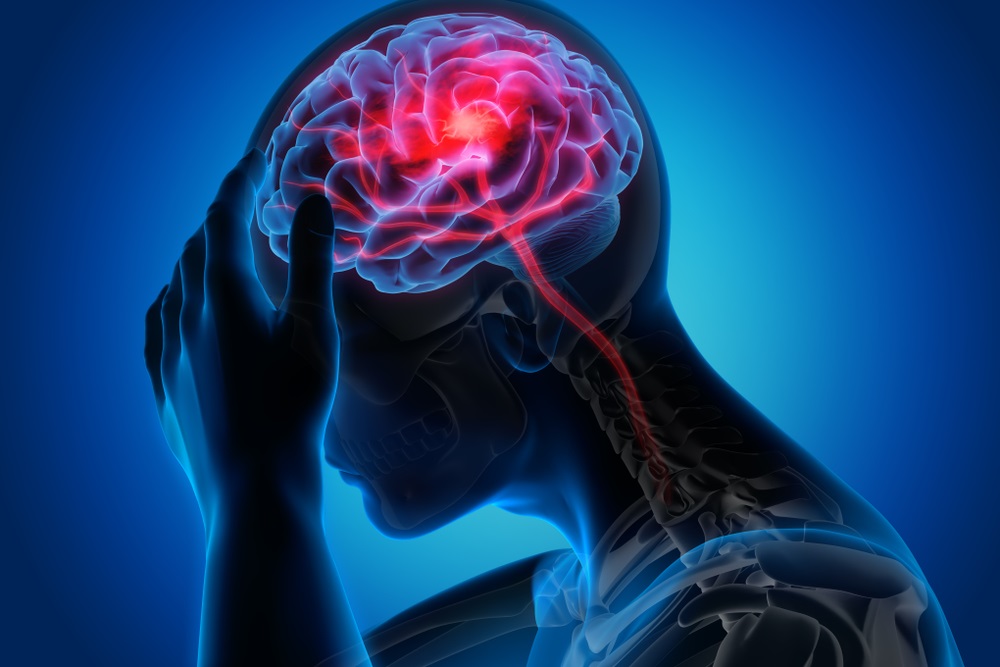
The study aimed to determine the effectiveness of short-term dual antiplatelet therapy in preventing secondary stroke after mild non-AF stroke or TIA. 5170 patients were randomly assigned to either a combination therapy of clopidogrel and aspirin or placebo plus aspirin. The combination therapy involved an initial dose of 300 mg of clopidogrel followed by 75 mg per day for 90 days, along with aspirin at a dose of 75 mg per day for the first 21 days. On the other hand, the placebo group received only aspirin at a dose of 75 mg per day for 90 days. The results of the study showed that among patients with TIA or minor stroke who can be treated within 24 hours after the onset of symptoms, the combination of clopidogrel and aspirin is superior to aspirin alone for reducing the risk of stroke in the first 90 days and does not increase the risk of hemorrhage.
3. Stenting and Aggressive Medical Management for Preventing Recurrent Stroke in Intracranial Stenosis Trial (SAMMPRIS) 3
NEJM, 2012
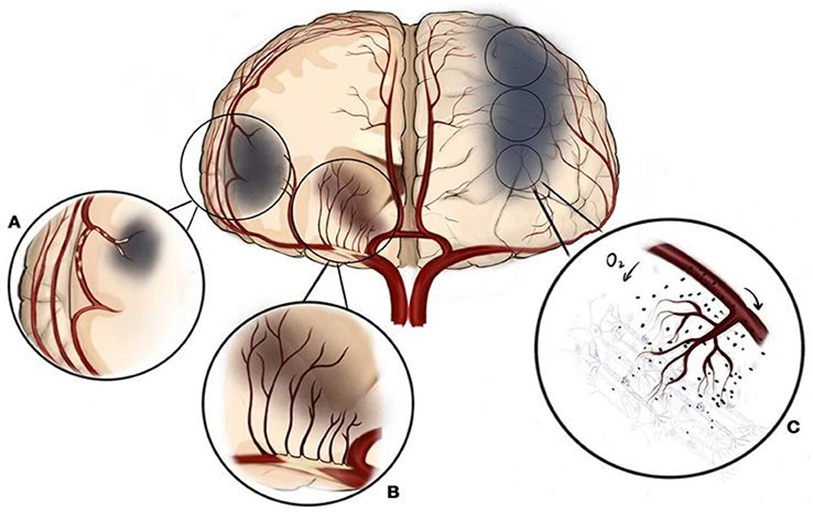
A study compared the benefits of maximum medical management with a stent for preventing secondary stroke in intracranial atherosclerosis. Patients who recently experienced a stroke or a transient ischemic attack due to stenosis of 70 to 99% of the diameter of a major intracranial artery were randomly assigned to receive either aggressive medical management alone or aggressive medical management along with stenting. The study’s primary endpoint was to determine the occurrence of stroke or death within 30 days after enrollment or after a revascularization procedure for the qualifying lesion during the follow-up period or stroke in the territory of the qualifying artery beyond 30 days. The study concluded that aggressive medical management was superior to PTAS (percutaneous transluminal angioplasty and stenting) using the Wingspan stent system in patients with intracranial arterial stenosis. This was because the risk of early stroke after PTAS was high, and the risk of stroke with aggressive medical therapy alone was lower than expected.
4. International Subarachnoid Aneurysm Trial (ISAT) 1
Lancet, 2005

A trial was conducted to compare the safety and effectiveness of endovascular coiling and neurosurgical clipping for ruptured intracranial aneurysms. The trial enrolled 2143 patients from 42 UK and Europe centers, randomly assigned to receive either procedure. The primary outcome was death or dependence, and the study reported an absolute risk reduction of 7.4% in those who received endovascular treatment. The secondary outcomes assessed were the risk of rebleeding and the risk of seizures, with the endovascular group having a higher risk of late rebleeding and a substantially lower risk of epilepsy. The early survival advantage was maintained for up to 7 years in the endovascular group, with a significant outcome. The ISAT trial concluded that endovascular coiling is more likely to result in independent survival at 1 year than neurosurgical clipping in patients with ruptured intracranial aneurysms suitable for both treatments, making it a preferred option.
5. Corticosteroids Randomization After Significant Head injury trial (CRASH) 1
Lancet, 2004

The prevalent use of corticosteroids for head trauma prompted the UK Medical Research Council’s CRASH study. Initially targeting 20,000 patients, recruitment ceased at 10,008 adults. The study, revealing no mortality reduction with methylprednisolone within two weeks post-head injury, randomly assigned patients with GCS ≤ 14 to a corticosteroid or placebo infusion within eight hours. Mortality risk was higher in the corticosteroid group (21.1%) than the placebo group (17.9%), concluding that methylprednisolone doesn’t reduce mortality in the first two weeks after head injury.
6. Sequenced Treatment Alternatives to Relieve Depression (STAR*D) Trial 1
Pubmed, 2004

The STAR*D trial, involving 4,000 adults aged 18-75, was the largest prospective clinical trial for major depressive disorder. Assessing treatment-resistant depression, it compared strategies, including citalopram, guiding initiation, and next steps. With a four-step, 14-week protocol, patients progressed levels based on remission. Level 2 introduced switch (sertraline, bupropion, venlafaxine, cognitive therapy) and augment options (bupropion, buspirone, cognitive therapy). Level 3 considered venlafaxine, bupropion, lithium, or thyroid hormone. Level 4 involved tranylcypromine or mirtazapine and venlafaxine combination. While not specifying therapies, STAR*D’s algorithm is easily integrated into primary and specialty care for major depressive illness.
7. Controlled High Risk Avonex Multiple Sclerosis (CHAMPS) Trial 1
NEJM, 2000
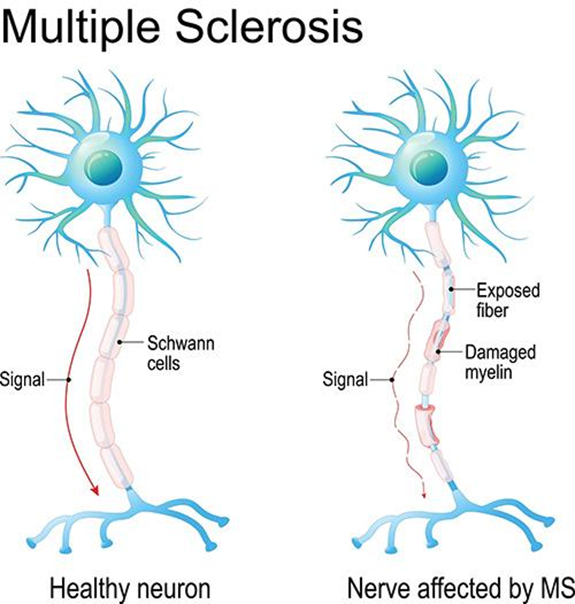
The CHAMPS study aimed to evaluate the impact of Interferon beta-la (Avonex) on the rate of development of clinically definite multiple sclerosis. The study enrolled 383 patients who experienced a first demyelinating event and had brain MRI evidence of subclinical demyelination. The patients received corticosteroids and were randomly assigned to receive either weekly intramuscular injections of 30 microg interferon beta-la or a placebo.
The outcome of the study was the development of clinically definite multiple sclerosis or more than one new or enlarging T2 lesion on brain magnetic resonance imaging. The study found that Interferon beta-la was beneficial when initiated at the first clinical demyelinating event in patients with brain MRI evidence of subclinical demyelination. The beneficial effect was observed in patients with optic neuritis, brainstem-cerebellar syndromes, and spinal cord syndromes.
8. North American Symptomatic Carotid Endarterectomy Trial (NASCET) 1
Stroke, 1999

This study aimed to compare the effectiveness of carotid endarterectomy (CEA) with medical therapy for secondary stroke prevention in patients with carotid stenosis-related stroke. The study was conducted on patients who had suffered from a hemispheric or retinal transient ischemic attack or a non-disabling stroke within the 120 days before the survey and had stenosis of 70 to 99 percent in the symptomatic carotid artery. Patients were divided into two groups based on the severity of carotid stenosis. All patients received optimal medical care, including antiplatelet therapy, whereas those in the surgical group underwent CEA performed by neurosurgeons or vascular surgeons. Neurologists examined patients 1, 3, 6, 9, and 12 months after the study and then every 4 months.
The study concluded that CEA is highly beneficial for patients with recent hemispheric and retinal transient ischemic attacks, non-disabling strokes, and ipsilateral high-grade stenosis (70 to 99 percent) of the internal carotid artery.
9. National Acute Spinal Cord Injury Study Trial (NASCIS III) 1
JAMA, 1997
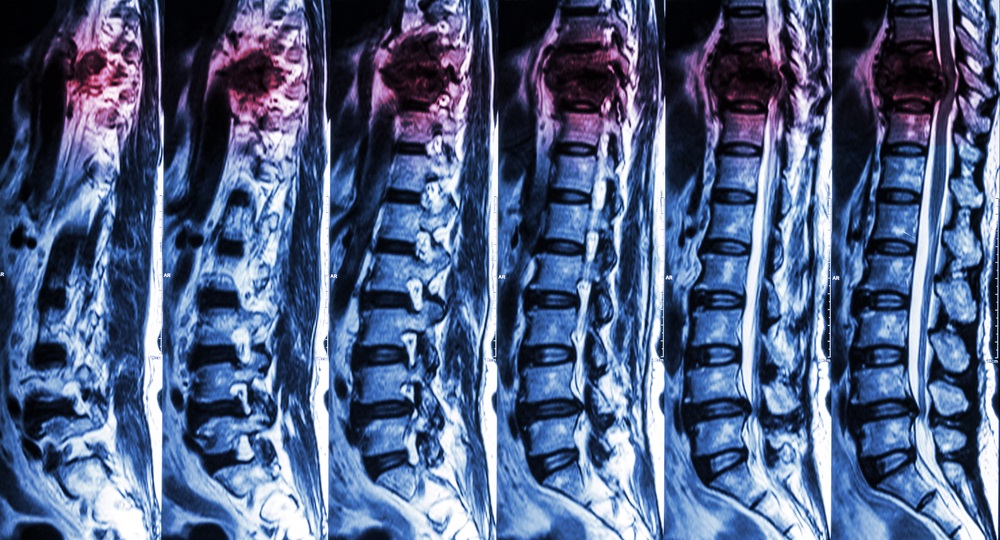
The National Acute Spinal Cord Injury Study III (NASCIS III) compared the efficacy of administering methylprednisolone for 24 or 48 hours and tirilazad mesylate for 48 hours on 499 patients with acute spinal cord injury. Patients treated with methylprednisolone for 24 hours showed improved motor recovery at 6 weeks and 6 months compared to those treated for 48 hours. Patients given tirilazad for 48 hours had motor recovery rates similar to those treated with methylprednisolone for 24 hours. The study recommended 24 hours of treatment for patients receiving methylprednisolone within 3 hours of injury and 48 hours for those receiving it 3 to 8 hours after the injury.
10. International Stroke Trial (IST) 1
Lancet, 1997
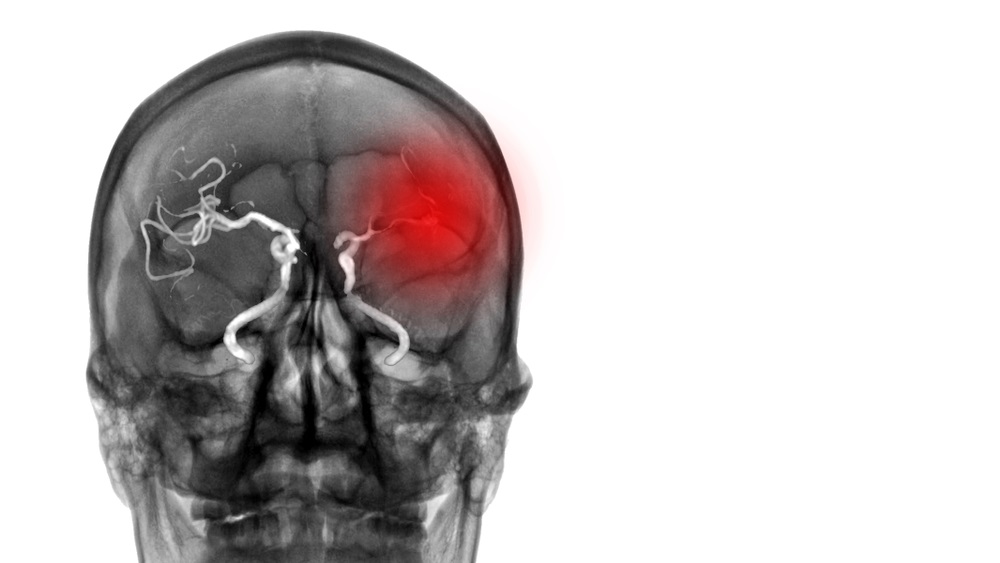
The International Stroke Trial (IST) aimed to determine the safety and efficacy of antiplatelet or anticoagulant agents compared to a control group in the treatment of acute ischemic stroke. The study involved 19435 patients who were suspected of having an acute ischemic stroke and were admitted to 467 hospitals in 36 countries. Within 48 hours of experiencing stroke symptoms, the patients were randomly assigned to one of two groups. Half of the patients received 300 mg of aspirin daily, while the other half received 5000 or 12500 IU bd of unfractionated heparin. The primary outcomes evaluated were death within 14 days and death or dependency at 6 months. The results of the IST study showed that the aspirin group had a small but significant improvement at 6 months, while the heparin group did not show any clinical advantage. The study found that aspirin produced a small but real reduction in deaths or recurrent strokes during the first few weeks, leading to the recommendation that aspirin should be administered immediately after the onset of ischemic stroke.
11. National Institute of Neurological Disorders and Stroke (NINDS) rt-PA Stroke Trial1
NEJM, 1995

Cerebral angiography detects arterial occlusions in 80% of acute infarctions. The NINDS rt-PA Stroke study assessed thrombolytic therapy’s risks and benefits in two parts. Part 1 (291 patients) gauged clinical efficacy using NIHSS, showing no significant neurologic improvement at 24 hours. Part 2 (333 patients) revealed that t-PA-treated patients were 30% more likely to have minimal or no disability at three months despite a 6.4% symptomatic intracerebral hemorrhage incidence. The study concluded that intravenous t-PA within three hours of ischemic stroke onset improved outcomes at three months, despite a higher hemorrhage risk.
Neuroscience Breakthroughs: References
- Krishna DT. Top Ten Landmark Trials Across Neuroscience – Dr Tharun Krishna [Internet]. medicaldialogues.in. 2023 [cited 2024 Jan 10]. Available from: https://medicaldialogues.in/neurology-neurosurgery/perspective/top-ten-landmark-trials-across-neuroscience-dr-tharun-krishna-122270?infinitescroll=1
- Wang Y, Pan Y, Zhao X, et al. Clopidogrel With Aspirin in Acute Minor Stroke or Transient Ischemic Attack (CHANCE) Trial. Circulation. 2015 Jul 7;132(1):40–6. https://doi.org/10.1161/CIRCULATIONAHA.114.014791
- Chimowitz MI, Lynn MJ, Turan TN, et al. Design of the Stenting and Aggressive Medical Management for Preventing Recurrent Stroke in Intracranial Stenosis Trial. Journal of stroke and cerebrovascular diseases. 2011 Jul 1;20(4):357–68. DOI: https://doi.org/10.1016/j.jstrokecerebrovasdis.2011.05.001
About Docquity
If you need more confidence and insights to boost careers in healthcare, expanding the network to other healthcare professionals to practice peer-to-peer learning might be the answer. One way to do it is by joining a social platform for healthcare professionals, such as Docquity.
Docquity is an AI-based state-of-the-art private & secure continual learning network of verified doctors, bringing you real-time knowledge from thousands of doctors worldwide. Today, Docquity has over 400,000 doctors spread across six countries in Asia. Meet experts and trusted peers across Asia where you can safely discuss clinical cases, get up-to-date insights from webinars and research journals, and earn CME/CPD credits through certified courses from Docquity Academy. All with the ease of a mobile app available on Android & iOS platforms!







